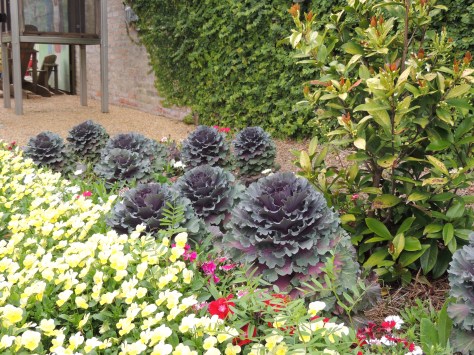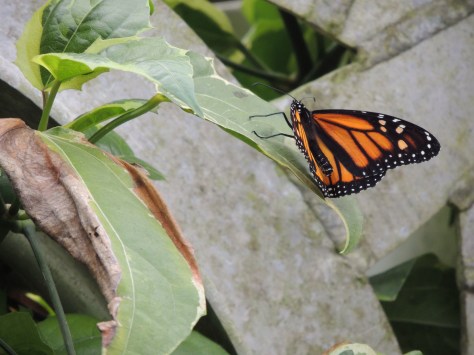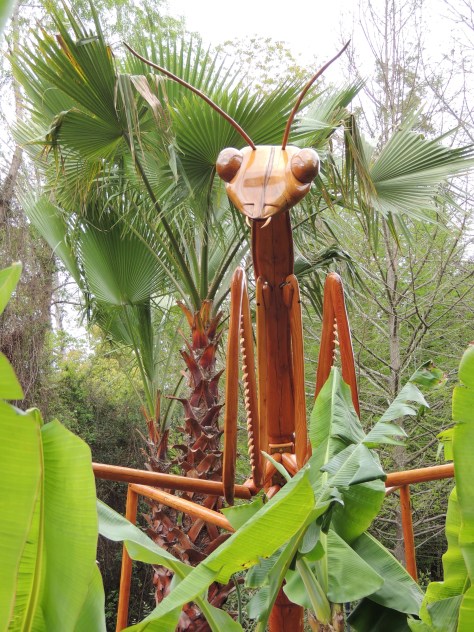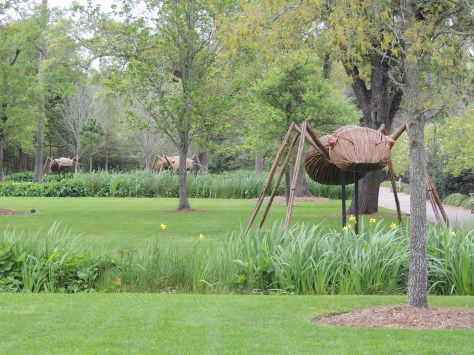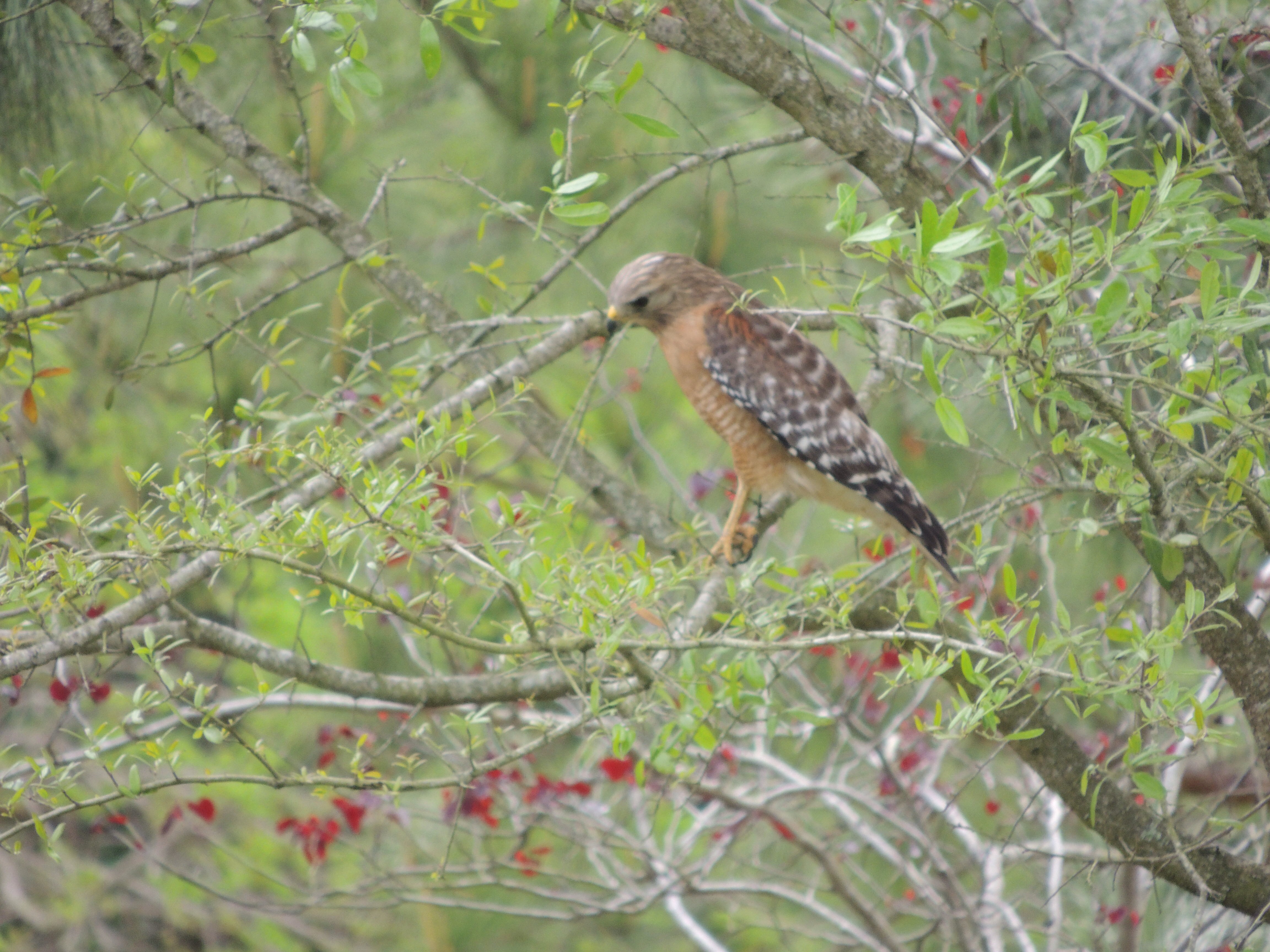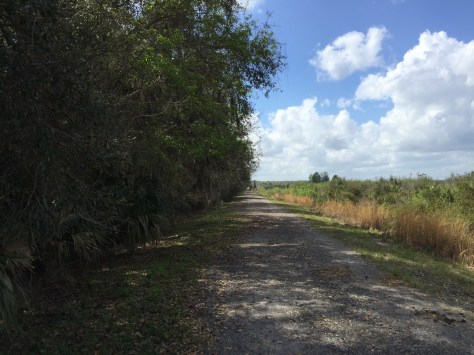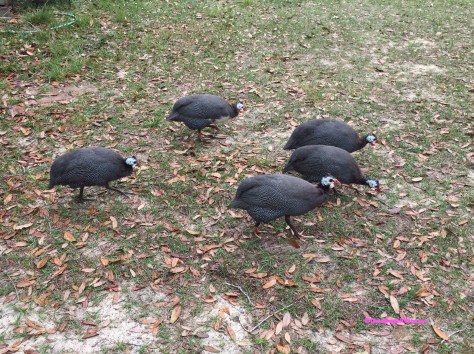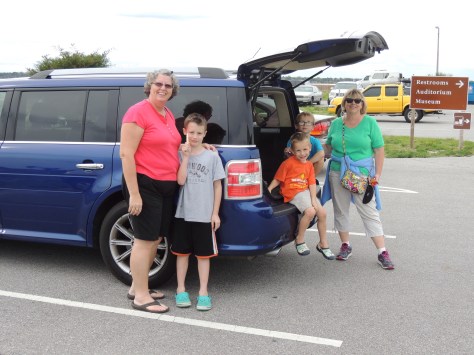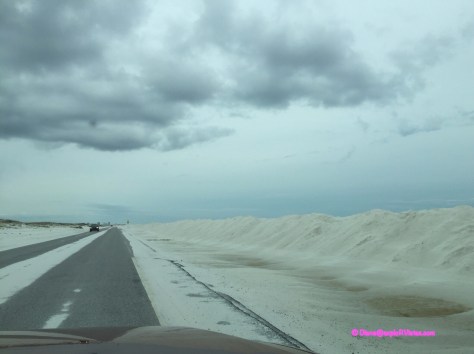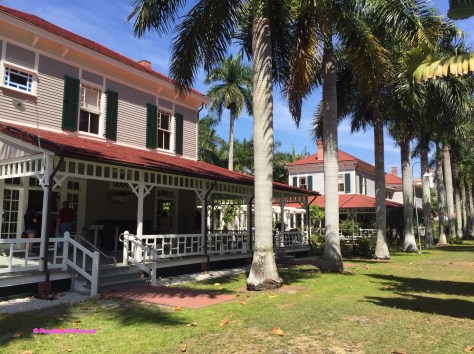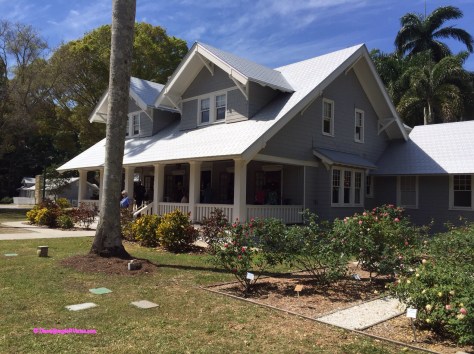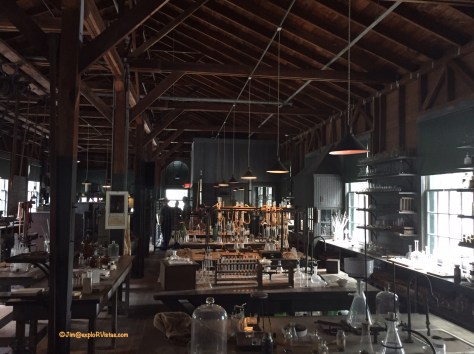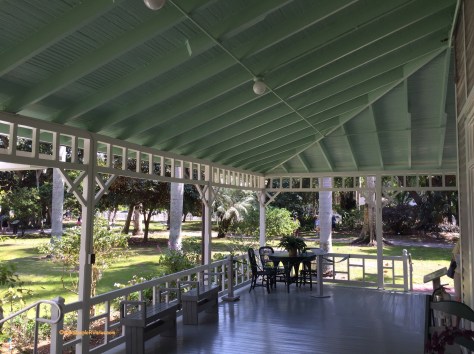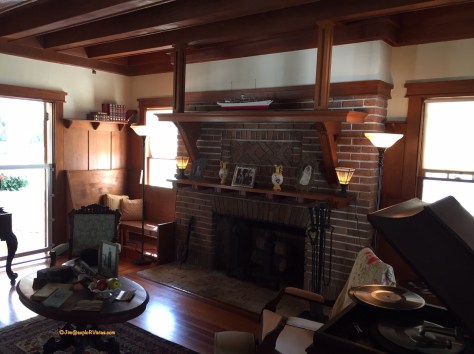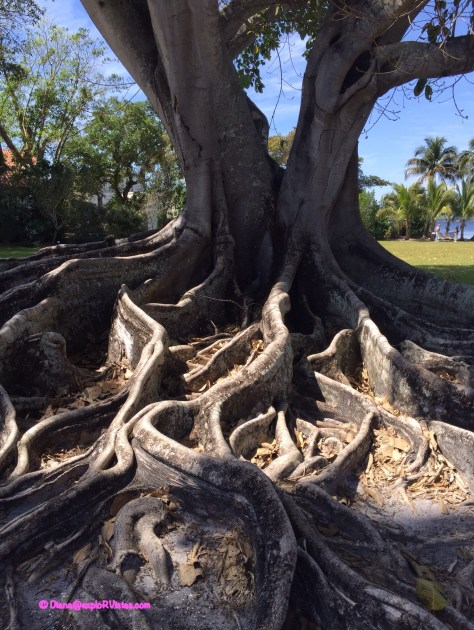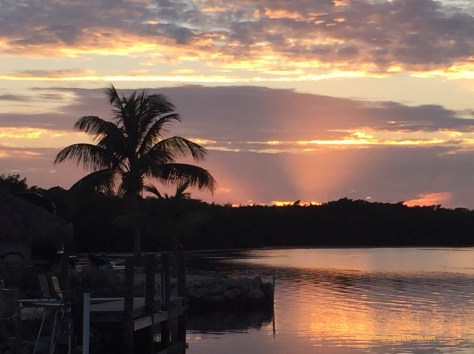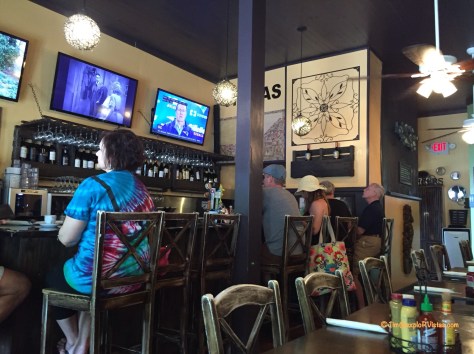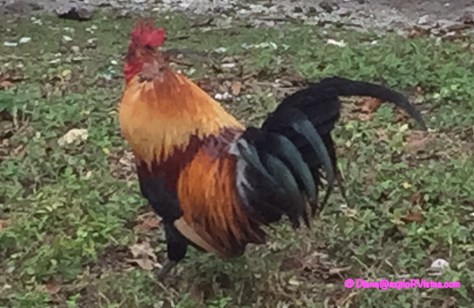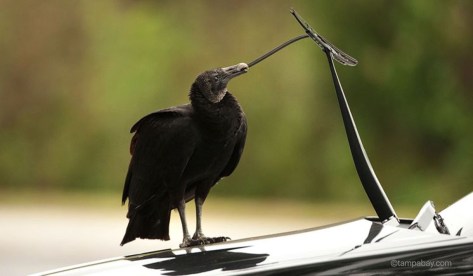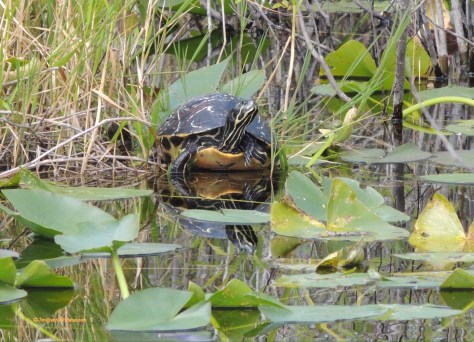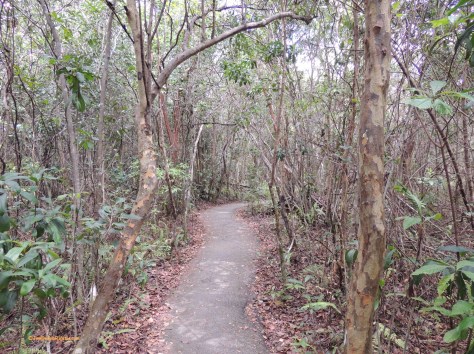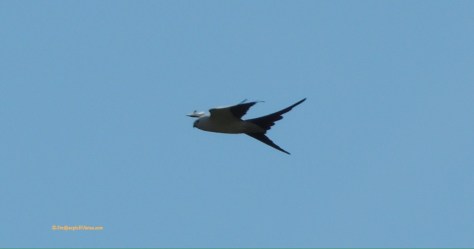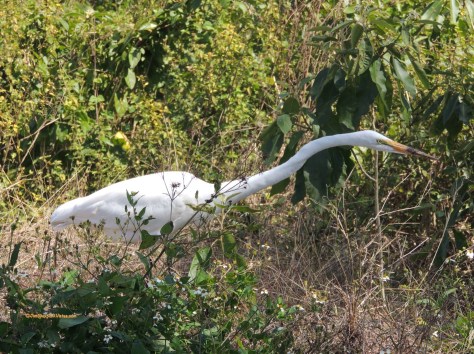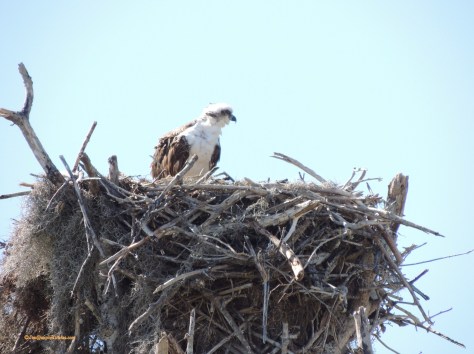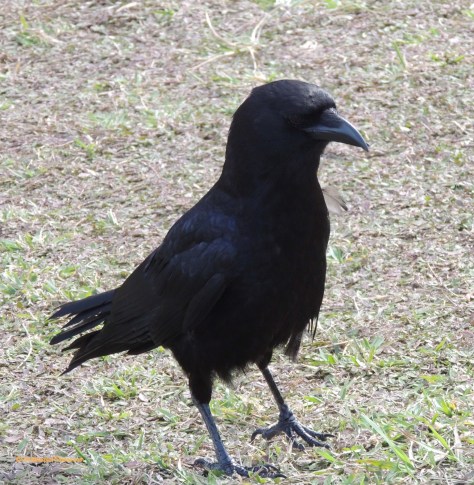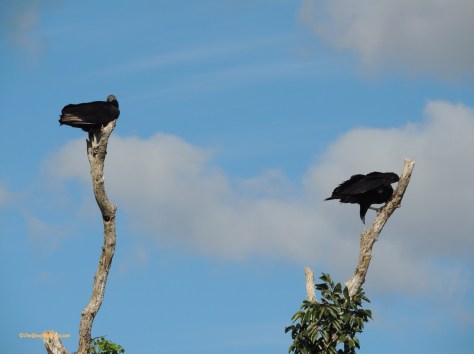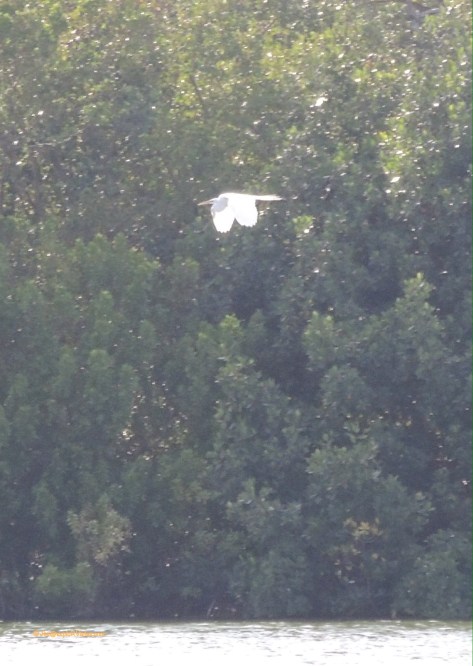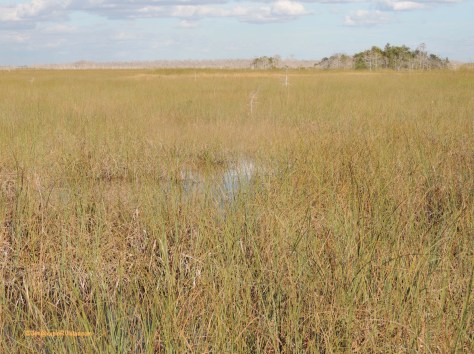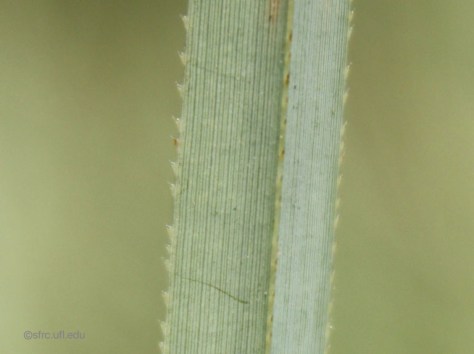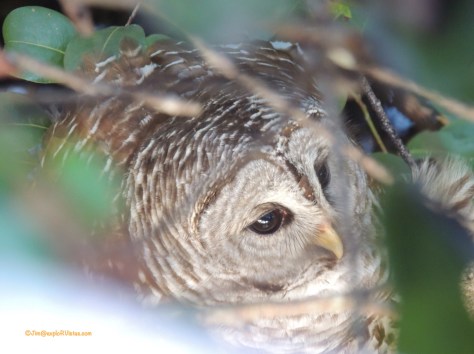Moving west out of Florida, we drove through Alabama and Mississippi in quick succession. After spending a few nights in Livingston, Louisiana, we headed to Port Arthur, Texas. We found the Beaumont/Port Arthur/Orange tri-cities area to be very industrial, with most of the business centered on oil production and refining. While the port cities are an important cog in the big American wheel, they are not exactly what we would call a naturally inviting place to spend a few days. But our campground was decent, so we thought we would check the area out. A lot of famous people are from this region: Singers Janis Joplin, Mark Chesnutt, Tracy Byrd, George Jones, Clay Walker, and Edgar & Johnny Winter are from here. Athletes Babe Zaharias, Bubba Smith, Frank Robinson, Bruce Lietzke, and Detroit Lions standouts Mel Farr (superstar!) and Jerry Ball all hail from the area. Surely there must be something more than oil here. We set out to look for a little culture and nature.
The first place we went to was Cattail Swamp, in search of the elusive roseate spoonbill. This area is actually a man made retention area that is the last step of the town’s sewage treatment plant. We had to pass through a gate that had a sign that said “Warning: Aggressive Alligators”. Hmmm….the ones we saw in the Everglades seemed pretty content, perhaps these weren’t as happy with their surroundings. :). We stayed for a few minutes and saw a fair amount of birds and ducks, but no spoonbills or ticked-off gators. Diana had another place that we could check out, and it ended up being a winner!
Shangri La Botanical Gardens is a privately owned preserve in Orange, Texas. H.J. Lutcher Stark, a local business leader, began the gardens in 1942. It is now overseen by he and his wife’s foundation. The gardens are a member of the American Horticultural Society’s Reciprocity Program, so we toured for free using our Meijer Gardens membership. It was a great way to get out and stretch our legs after a morning of doing paperwork.
The entrance to the grounds was very inviting. It is interesting to note that this facility is the first in Texas to achieve LEED Platinum status, the highest level possible through the U.S. Green Building Council. This area contains a wetlands demonstration garden; a series of ponds that take in water from an adjacent lake and filter the waterfowl waste from it. It demonstrates how man-made wetlands can have a positive impact on nature.
The grounds were planted in more of a formal pattern than was the case at McKee Botanical Garden in Vero Beach, Florida. Most of the major plants were well identified.
This Stephanie Dwyer sculpture, Dancing Sisters, marks the entrance to the interactive children’s garden.
Shangri La also has a series of greenhouses. This one was featuring Easter lillies, which were also present in other areas of the gardens. It definitely smelled like spring!
This greenhouse featured orchids.
Diana really liked this yellow variety…or, since we are in Texas, this Amirillo variety!
Two of the greenhouses were also set up to feature their current butterfly exhibition. Three varieties were present:
The Monarch…
…the Julia…
…and the Zebra Longwing.
Look at the bloom on this red Hibiscus!
From there, we followed the trail into the outdoor portion of the gardens.
This turtle lineup was there to greet us. 🙂
David Rogers series of wooden sculptures entitled Big Bugs currently are featured in the outdoor gardens.
Yikes! A 15 foot high Praying Mantis!
This is an Assasin Bug.
Here is a parade of three giant ants headed our way!
On our way out, Diana spotted a flash of wings to our left, as a large bird landed in a tree.
Turns out it was a hawk. He stuck around long enough for me to get a photo of him. 🙂
We really enjoyed our time at Shangri La Botanical Gardens. If you find yourself in the Greater Beaumont area, be sure to check it out. We also can’t say enough about the value of the American Horticultural Society’s reciprocity program, both for us and for the participating gardens. We’ve seen a lot of places we might not otherwise have chosen to see, and the venues are able to showcase themselves to visitors from other areas of the country. Shangri La certainly was a bit of paradise in this very industrial area.
—————————————–
Search and shop Amazon through exploRVistas link here
explorRVistas is a participant in the Amazon Services LLC Associates Program, an affiliate advertising program designed to provide a means for sites to earn advertising fees by advertising and linking to Amazon .com. Shopping here doesn’t add anything to your cost, but it does help support this blog. Thank you for considering shopping through exploRVistas!


